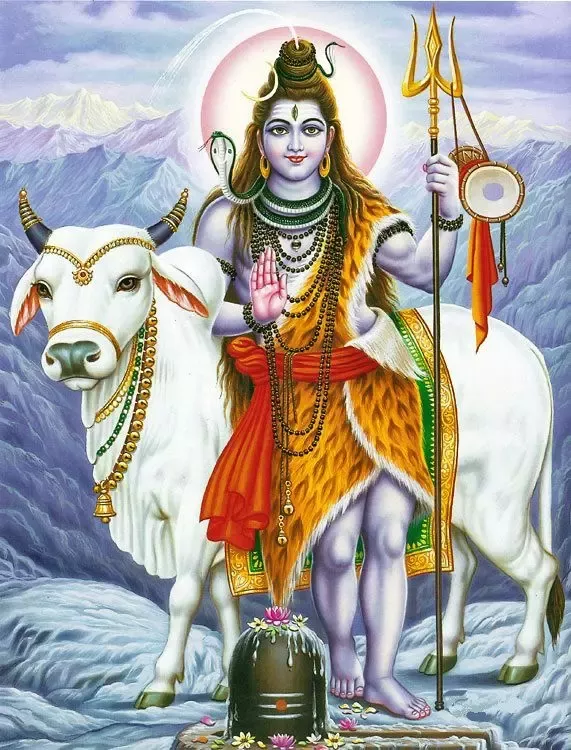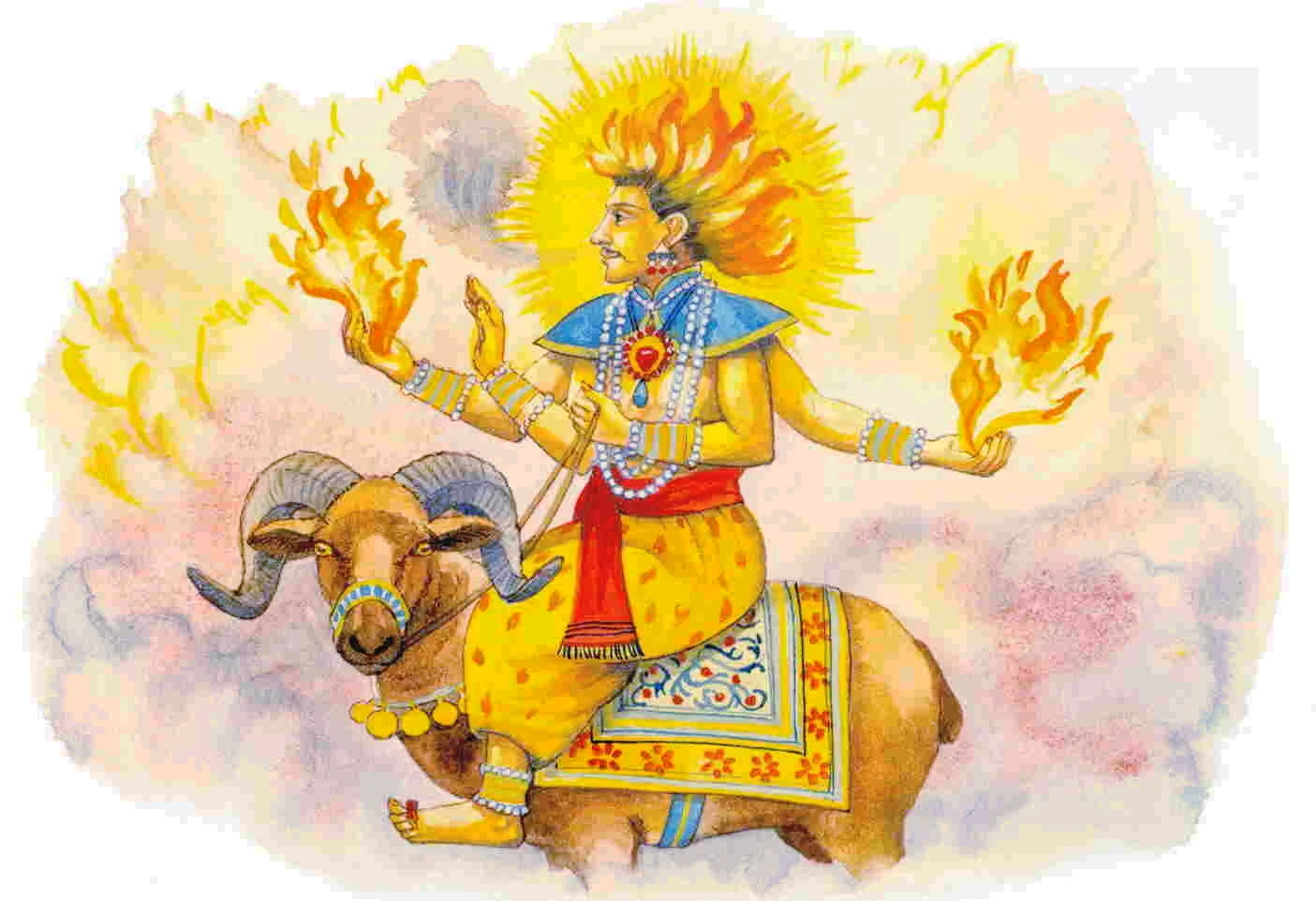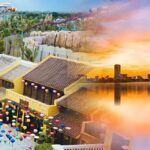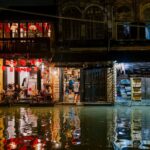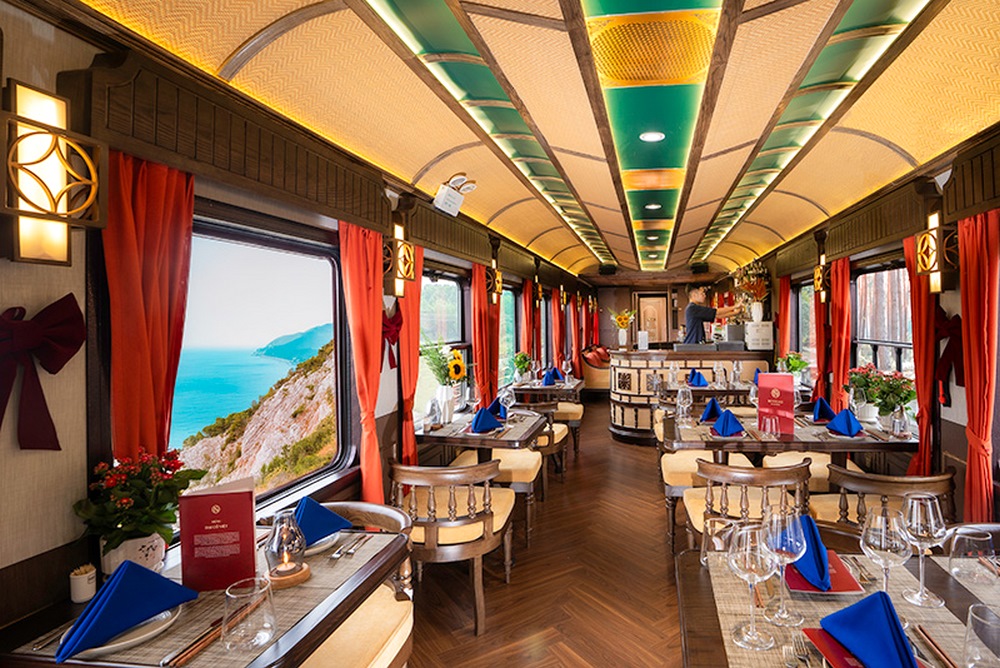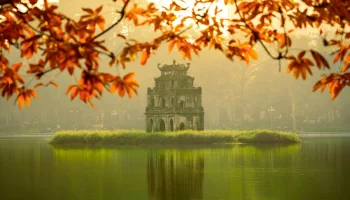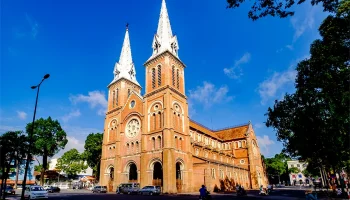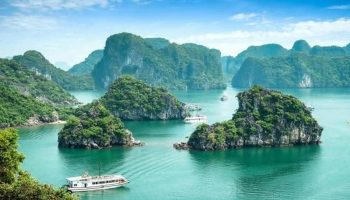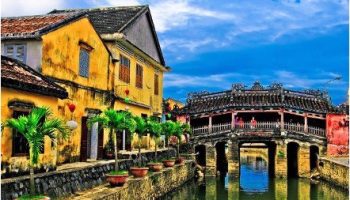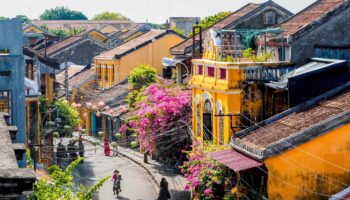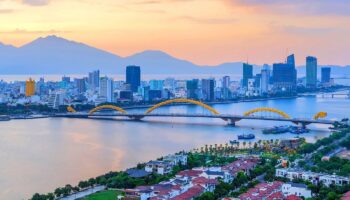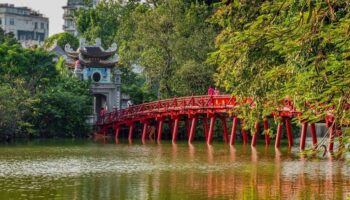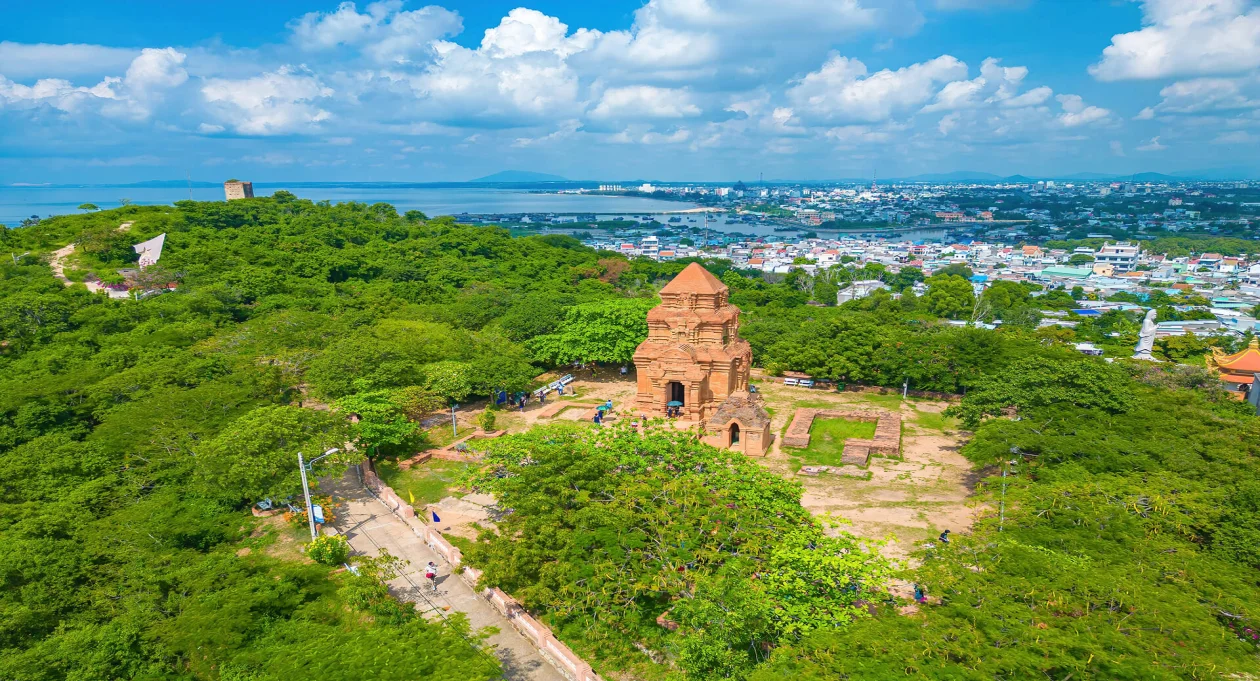
The Champa Kingdom Legacy: Secrets of Poshanu Towers
Along the sun-kissed shore of Phan Thiết in southern Vietnam are a cluster of worn brick temples that tell the story of an ancient lost civilization. The Poshanu Towers of the 8th-9th centuries provide travelers with a glimpse into the remote Champa Kingdom, the seafaring empire that once controlled Vietnam’s central and southern regions.
Table of Contents
Toggle
Guardians of a Lost Civilization
As I rode towards the towers on a hilltop facing the South China Sea’s turquoise waters, I was struck by their longevity. These structures weathered the whims of time, witnessed empires rise and fall, yet retain their understated majesty. While its more famous twin, My Son Sanctuary, adopts greater brashness when it comes to Cham heritage, Poshanu gives something of a more intimate connection with their heritage.
The initial complex had six towers, of which only three central ones remain today. The Main Tower (Kalan) was the focal point, reserved for Shiva and adorned with inlaid carvings of deities. Located close to the Main Tower was the Fire Tower (Kosagrha), which was a treasury of sacred items and offerings, and the smaller Gate Tower welcomed devotees into this sanctum.
What really sets these towers apart, though, is not just how old they are, but the sheer genius of their construction. The Cham builders made these structures last for centuries without applying a single drop of mortar. Instead, the bricks were sealed together by an enigmatic organic resin, perhaps made from tree sap or rice paste—a process that even modern architects cannot fully comprehend.
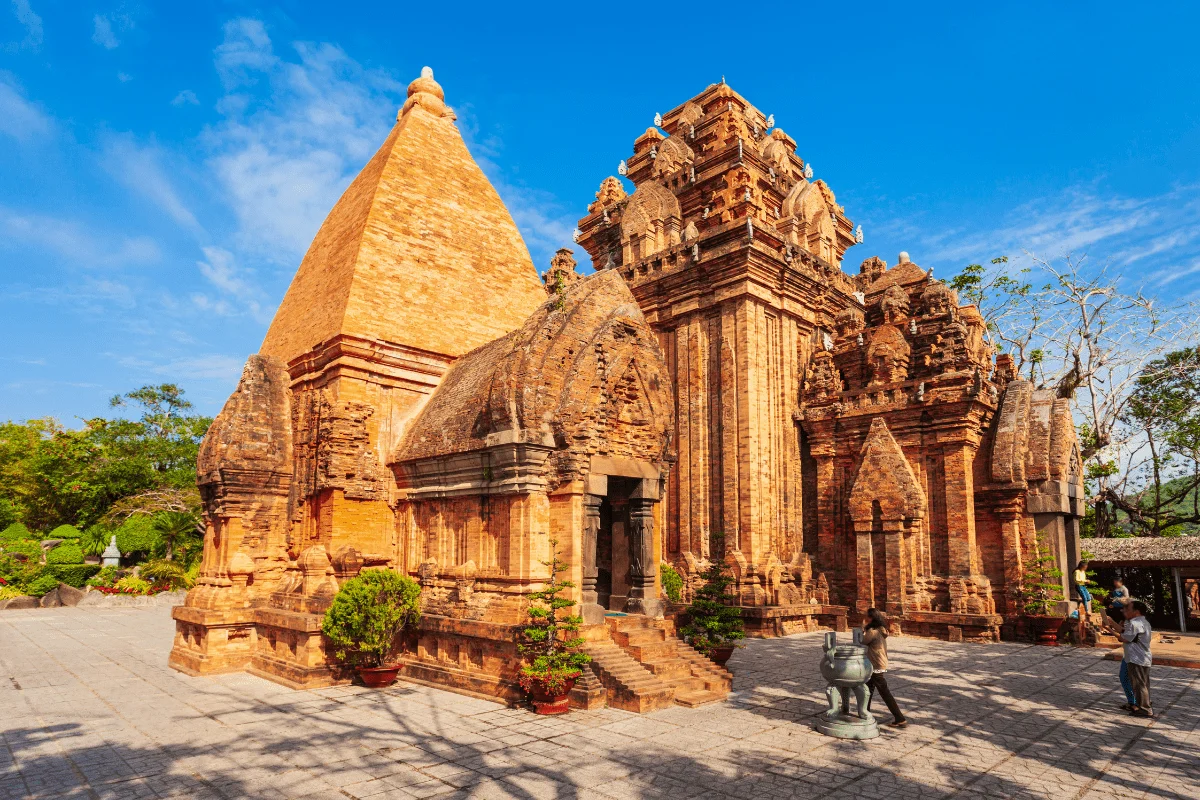
The People Behind the Stones
In order to understand the relevance of Poshanu, it is also necessary to delve into the compelling history of the Cham people. The Austronesian-speaking nation built their kingdom during the 2nd century AD along Vietnam’s central coastline. Via marine trade networks, they were in contact with Indian merchants who exposed them to Hinduism and Buddhism. The Cham ingeniously intermixed these exotic faiths with their native animist practices and thus forged an extraordinary cultural identity.
At its peak, Champa was a sea power that dominated large-scale trade with China, India, and the Malay Archipelago. Its prosperity is attested to by the precision and craftsmanship of such structures as Poshanu. But by the 15th century, relentless pressure from the advancing encroaching Dai Viet (Vietnamese) armies gradually led to the assimilation of the kingdom. Today, the Cham diaspora is found in small communities throughout Vietnam and Cambodia, maintaining their distinctive heritage in language, crafts, and religious practice.
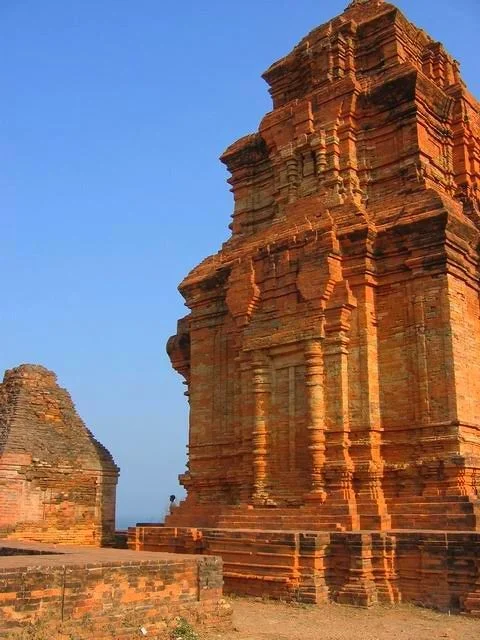
Sacred Spaces and Spiritual Significance
Wandering through the Poshanu complex is experiencing an abandoned universe where the division between the world of matter and the world of spirit becomes faded. The towers were mostly dedicated to Hindu deities—Shiva the transformer and destroyer, Agni, the god of fire, and Nandi, Shiva’s holy bull. But what truly makes this space so special is that it still remains a functioning spiritual center.
Even today, local Cham villages make pilgrimages to Poshanu, particularly during the Kate Festival—their New Year’s celebration—when the ancient bricks ring with prayers and chanting. For centuries, the towers were a religious hub where Cham priests performed complex ceremonies, and some locals believe the site was also a healing temple where pilgrims were given blessings for good health and prosperity.
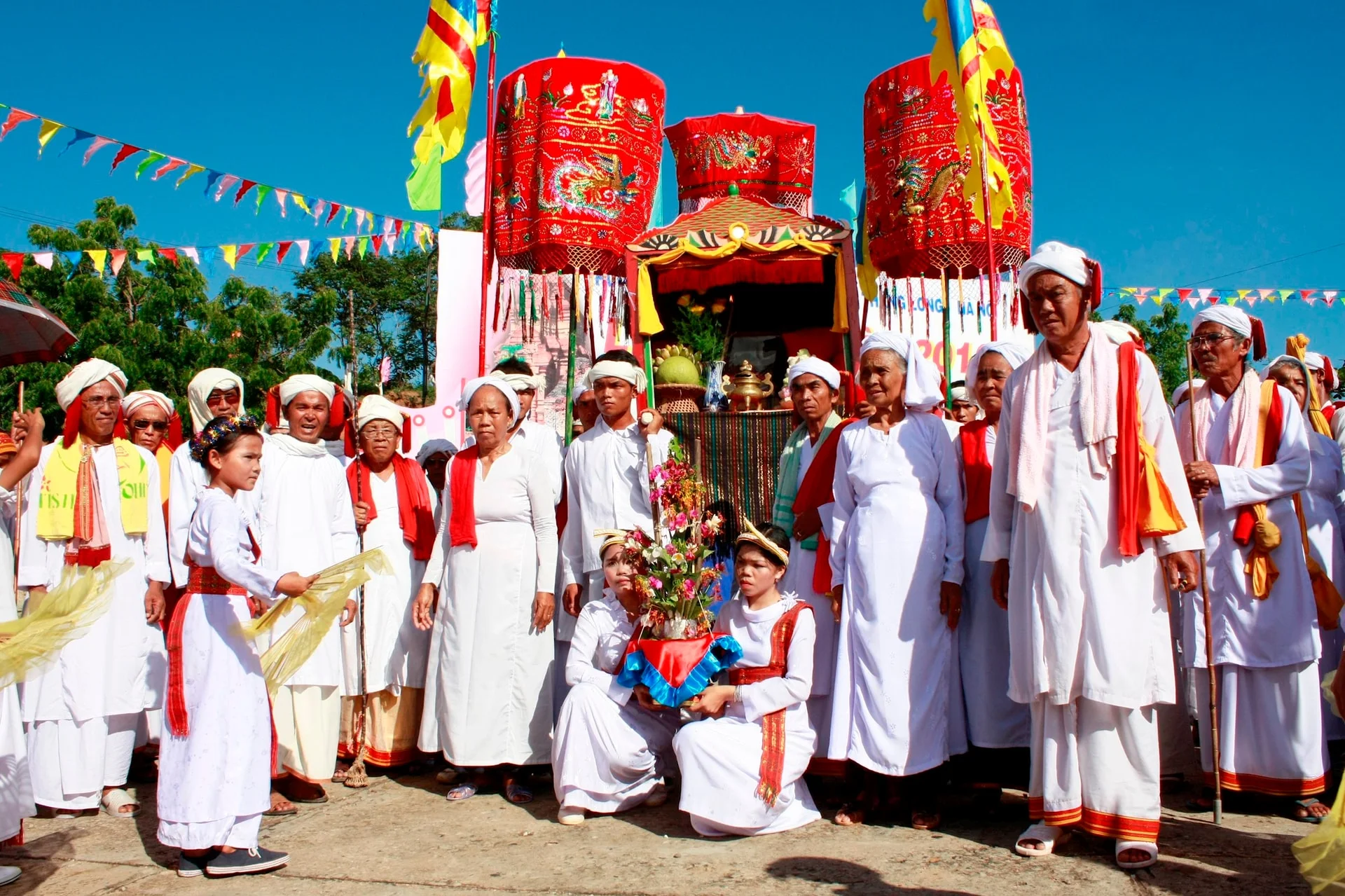
Mysteries Wrapped in Red Clay
Perhaps the most interesting aspect of Poshanu is the unknown. How exactly did Cham builders achieve such remarkable longevity in their building? Some theories hold that they had developed a plant-based adhesive that hardened over time; others claim a precise kiln-fire technique that partially melted away the brick surfaces so that they stuck together. Local myth hints at even greater secrets. Legends speak of concealed tunnels beneath the towers, perhaps filled with treasure or artifacts of old.
Though archaeological excavations have yet to confirm these legends, they add another level of mystery to the site. There is also what is called “The Curse of the Towers”—a local legend that says that tampering with the ruins is an omen of ill luck. Though this might be a flight of imagination, it has unknowingly protected the site from looters and vandals throughout the centuries.
Preserving the Past, Looking to the Future
A National Heritage Site of Vietnam, Poshanu is given a conservation approach that prioritizes keeping it original with minimal restoration. For visitors interested in seeing this phenomenal work of history, morning or afternoon visits are ideal with favorable weather to avoid the heat from the coast while soaking up the golden glow that surrounds the red brick spires.
Those making an October visit might catch the vibrant Kate Festival, where traditional Cham music and dance animate the ancient Cham sanctuary as a living culture display. Add the nearby attractions of the playfully surreal Fairy Stream and the rolling hills of Mui Ne sand dunes to the historic visit and the area becomes a perfect blend of nature and culture.

A Bridge Across Time
The Poshanu Towers are more than architectural achievements—they are a tangible connection to a civilization that otherwise only exists in books. Their subdued bricks still speak of religion, artistic skill, cultural exchange, and resilience in the face of conquest.
As scholars continue to unravel the secrets of the Cham people, Poshanu stands as a testament to the strength of human imagination. For travelers fortunate enough to walk these ancient roads, the trip offers a unique opportunity to step away from our modern world and encounter the craftsmen, priests, and believers who for so long searched for meaning and purpose within these very walls.
In an evolving Vietnam, Poshanu stands as a testament that certain things—cultural identity and religious affinity chief among them—are outside the bounds of time, and it ensures the Cham people’s legacy lives on for every future generation.


